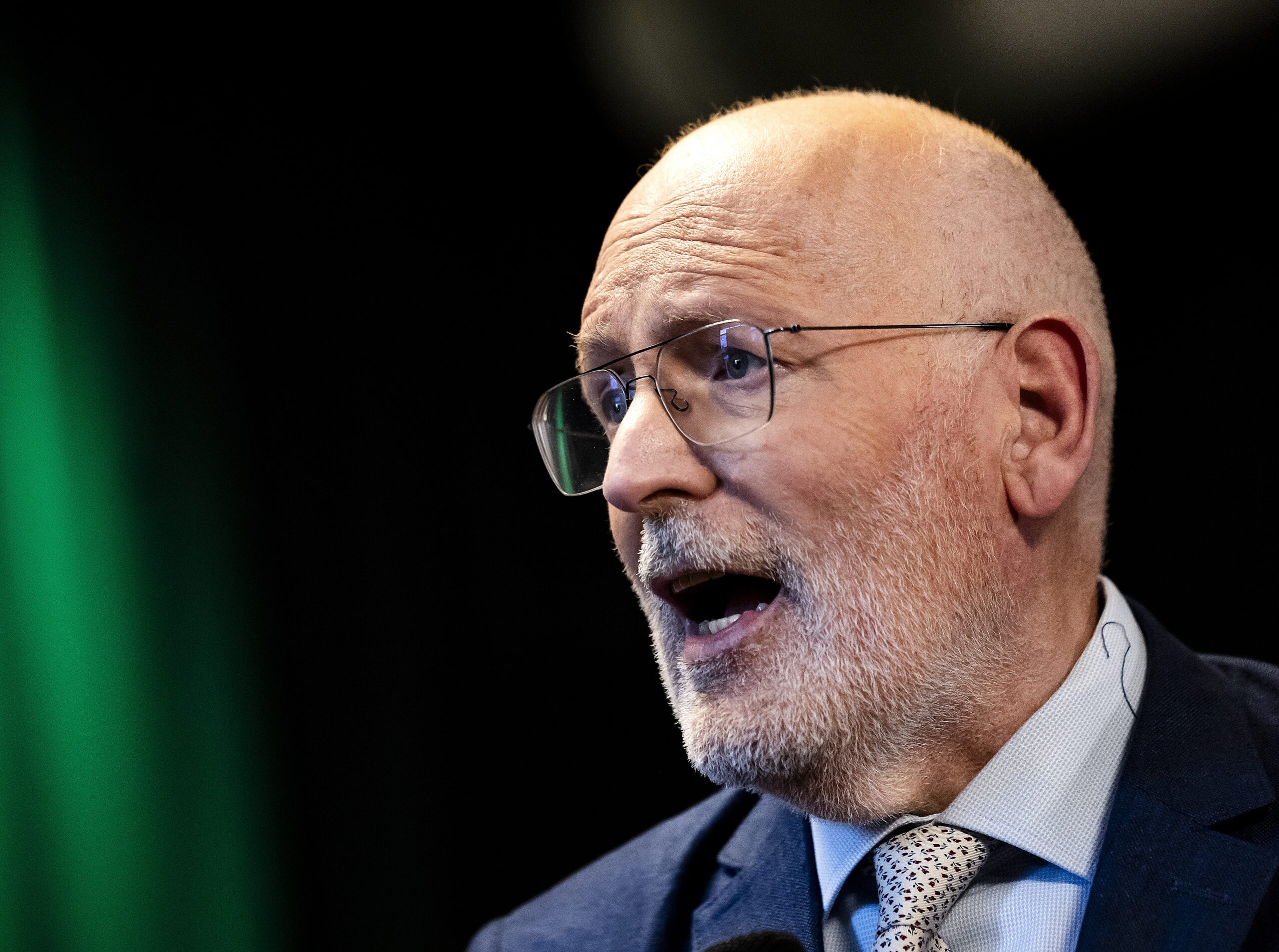Timmermans backs 3.5% defence spending plan but sets conditions

The left-wing alliance of GroenLinks-PvdA will support efforts to raise defence spending to 3.5% of GDP, provided public services such as health and education are protected from budget cuts.
Party leader Frans Timmermans has so far hedged his bets on raising the Nato benchmark from 2% to 3.5%, which would require an extra €19 billion of investment per year.
But in Tuesday’s parliamentary debate on Nato, Timmermans is expected to confirm his party’s support for the higher figure, as well as a commitment to spend a further 1.5% on vital infrastructure.
The caretaker Dutch government last week committed itself to the 3.5% target, which Nato members will be asked to approve during next week’s summit in The Hague. The backing of GL-PvdA, the second largest party in parliament, would give the plan enough votes for a majority.
“We don’t want to let the Dutch government go to the upcoming Nato summit in The Hague without a majority,” Timmermans told NRC in an interview.
But he added that his party would not allow the government to cut the budgets for public services such as health, education or social security to fund the extra spending.
“A lot of things are unclear about how exactly we achieve 3.5%: the timeline for achieving the target, about European co-operation and about how it should be paid for,” he said.
Divided coalition
Timmermans said his party had not supported the measure earlier because he was not prepared to bail out a divided coalition. But a “new situation” had arisen with the departure of Geert Wilders’ PVV party, which opposed higher defence spending.
“At times of great international tension we can’t have a cabinet that is divided on such a crucial point and relying on me for a majority,” Timmermans said.
“But now the cabinet has fallen and the caretaker cabinet has told parliament that it wants to us to commit to the new Nato benchmark at the Nato summit, that creates a new situation in which I can say without reservation: you can have the support of GroenLinks-PvdA, but we need to talk about the details of that amount.”
Timmermans’ reluctance to back the 3.5% baseline until now was one of the reasons cited by Dilan Yesilgöz, leader of the right-wing liberal VVD, for ruling out power sharing with GL-PvdA after the election in October.
Yesilgöz told a party conference at the weekend that she saw Timmermans’ party as an “elitist” group that had “been dragged away from the centre” by its “radical left supporters”.
Timmermans said Yesilgöz’s comments were “exaggerated” and “ridiculing the people I represent”.
Last week Timmermans said that the two parties had “irreconcilable” differences on policy, but stopped short of ruling the VVD out as a coalition partner.
But opinion polls indicate the two parties may have no alternative after the election now that both have ruled out power sharing with the far-right PVV. The VVD and PvdA each have around 25 seats, while the PVV is projected to win 33.
With 76 seats needed for a majority, it would be extremely difficult for either VVD or PvdA to build a coalition without the other.
Thank you for donating to DutchNews.nl.
We could not provide the Dutch News service, and keep it free of charge, without the generous support of our readers. Your donations allow us to report on issues you tell us matter, and provide you with a summary of the most important Dutch news each day.
Make a donation